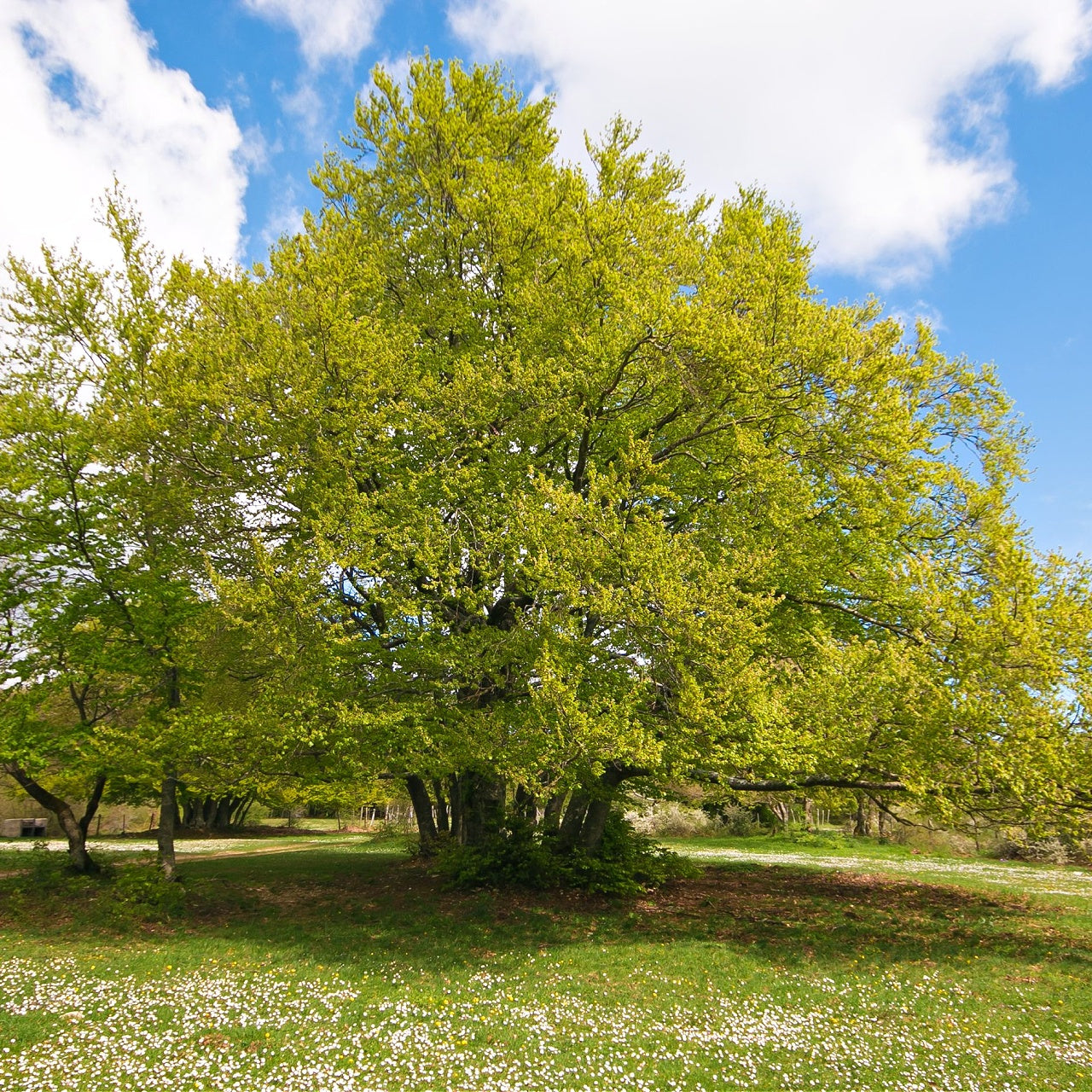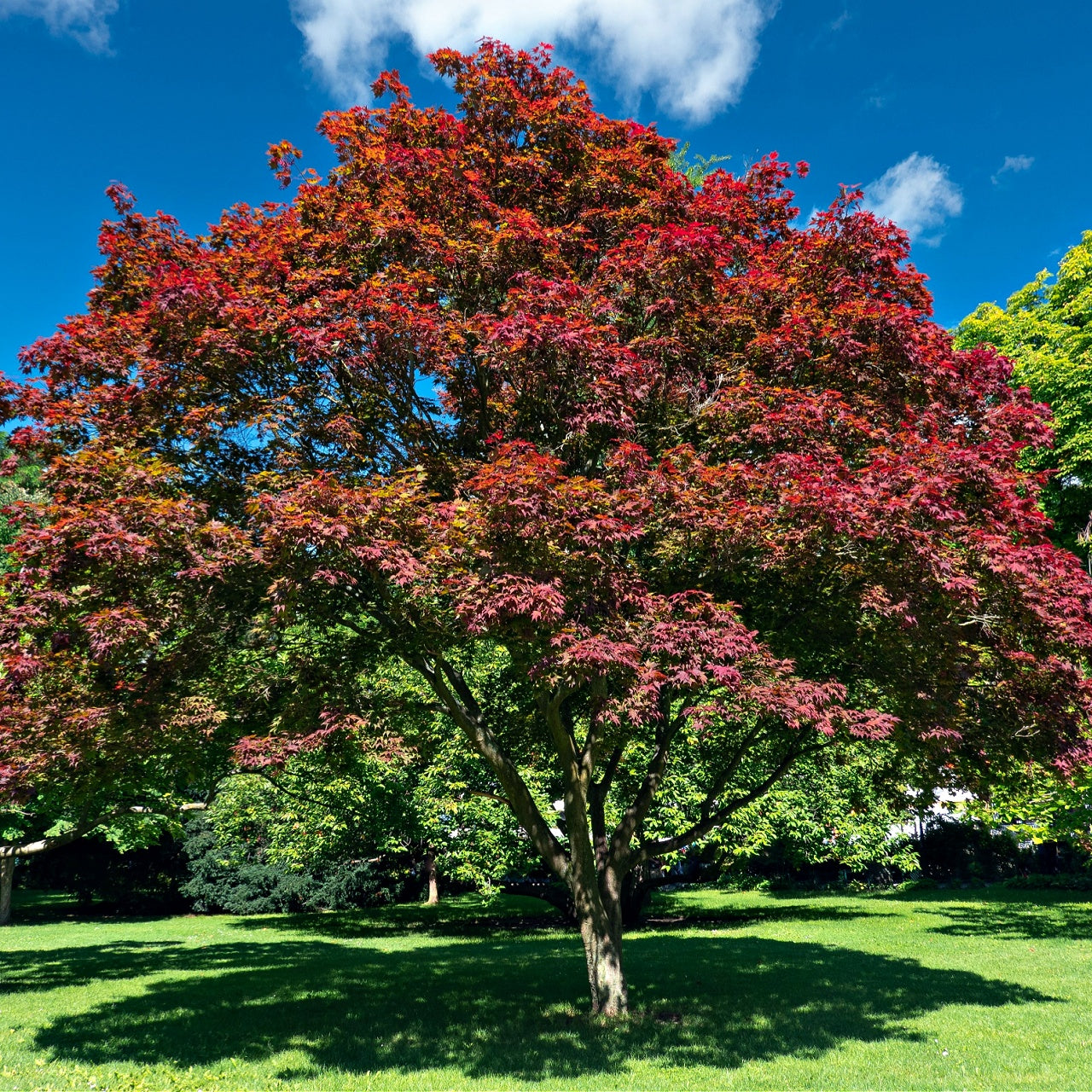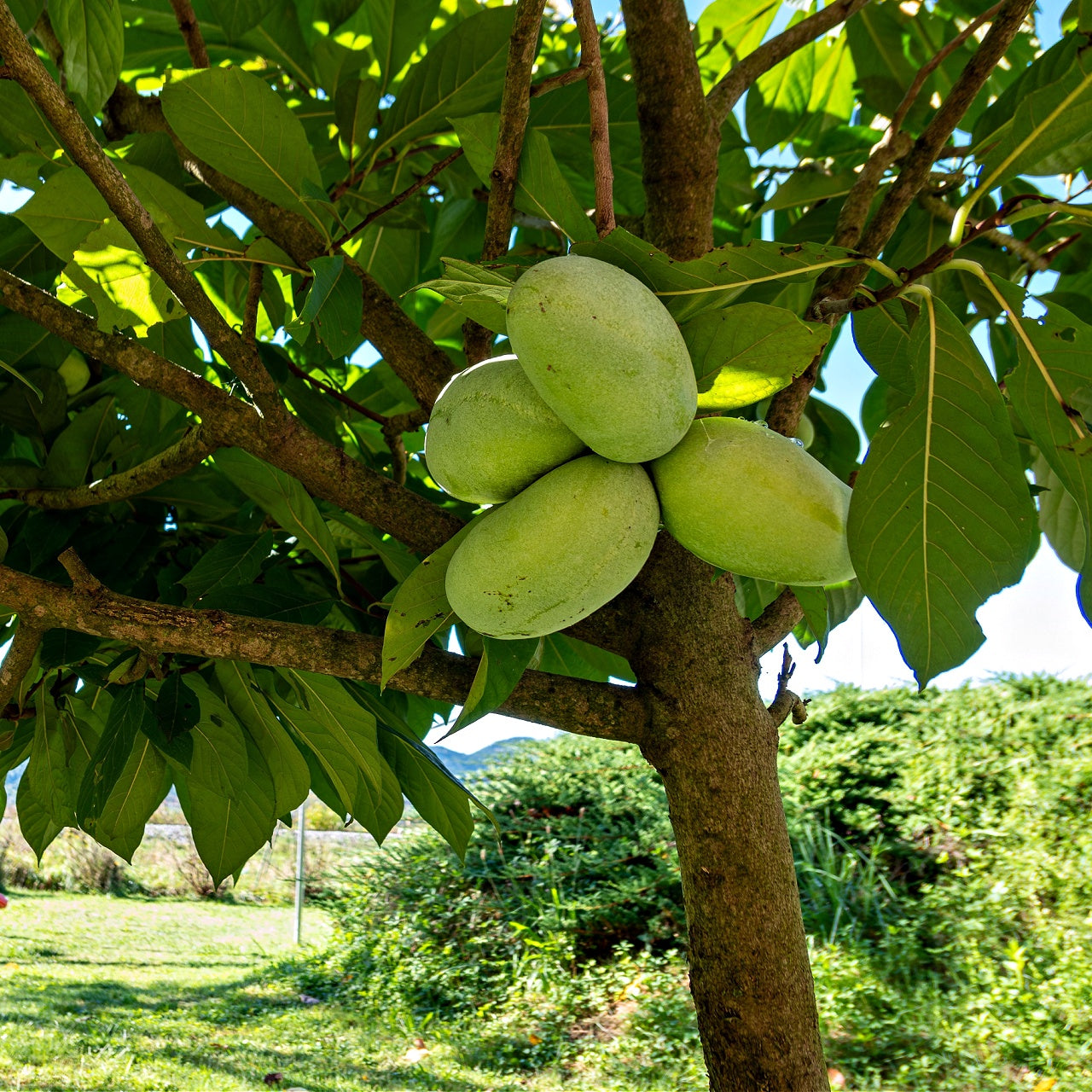
Ancient Tech, Modern Solution
Ancient Tech, Modern Solution
Clay Pot Irrigation: A Time-Honored Solution for Sustainable Water Management
Through human creativity, people have developed numerous innovative farming methods to tackle environmental challenges. The ancient practice of clay pot irrigation dates back thousands of years yet remains valuable today as water scarcity and climate unpredictability continue to present challenges. Farmers and gardeners across the globe have found a straightforward and highly effective method for water conservation and maintaining consistent moisture levels in their crops through the use of porous clay vessels buried in the soil. The traditional method of clay pot irrigation conserves valuable resources while decreasing labor requirements and supporting robust plant development. The growing dialogue about sustainable agriculture demonstrates how clay pot irrigation exemplifies traditional knowledge, leading to effective and environmentally friendly farming practices.
The Origins and Cultural Significance of Clay Pot Irrigation
The practice of clay pot irrigation emerged from arid regions where conserving water was essential for survival. Archaeologists discovered this irrigation method in China, North Africa, and the Middle East, revealing that it also emerged in Central and South American farming practices. This method uses materials found locally, including clay, which can be molded to produce pots that vary in size. The low-temperature firing process creates a porous surface on these clay vessels, which enables the gradual passage of water.
Ancient civilizations viewed water as essential to life and required expert management of water sources to achieve successful agricultural production. In semi-arid and arid climates, farmers achieved drought protection through meticulous water release management. Using clay pot irrigation, families maintained sufficient food production throughout low rainfall. Generations passed on the method and changed it for various soil types and crops. The importance of this traditional irrigation system persists within cultural heritage as it represents humanity's resourcefulness and endurance despite environmental challenges.

How Clay Pot Irrigation Works
The fundamental operation of clay pot irrigation appears straightforward on the surface. The porous clay pot is buried in the soil until its neck level while its opening remains above ground. The pot is then filled with water. Water gradually escapes from the porous walls of the pot while the surrounding soil creates suction, which directs the flow. Water escapes through the clay pot's pores only when the surrounding soil is sufficiently dry to create enough suction. The irrigation system delivers water straight to plant roots, which prevents runoff and surface evaporation while removing the need for complex irrigation structures.
The appeal of clay pot irrigation lies in its natural self-regulation mechanism. The clay pots sustain moisture levels that match the plant's water needs and prevent insufficient and excessive watering. Root systems develop deeper and stronger structures when plants receive stable water access, improving their overall health. The gradual discharge of water minimizes the risk of fungal growth and weed emergence on the soil's surface. Clay pots function as insulators to shield delicate root systems from extreme heat and cold in regions with sudden temperature variations. This system impresses gardeners with its autonomous efficiency, illustrating how biological and physical principles work together effectively.
Advantages and Modern Applications of Clay Pot Irrigation
Current farming methods must overcome several obstacles, including restricted water resources, soil deterioration, and unstable environmental conditions. This irrigation technique solves multiple agricultural problems since it significantly lowers water usage. Traditional irrigation technologies such as sprinklers and drip systems waste water through evaporation and faulty installations, but clay pot irrigation ensures maximum water utilization. This method's cost-effectiveness makes it attractive for both small-scale gardeners and commercial farmers because they can adjust pot sizes and quantities to suit their specific requirements. Clay pot irrigation operates with minimal technological resources, eliminating the need for mechanical devices and electricity while avoiding using specialized plastic tubing.
Farmers no longer need to allocate time for regular watering, which reduces their workload and enables them to dedicate attention to other essential farming tasks. The importance of this system rises in regions where water collection requires substantial time and effort because these regions lack direct water supplies and mechanical water extraction systems. Communities prioritizing sustainable agriculture find clay pot irrigation compatible because it supports organic and regenerative farming methods. Local production of pots helps support community economies and ensures farmers maintain their independence by not relying on costly irrigation solutions and external production systems.
People in numerous areas employ innovative approaches to blend clay pot irrigation techniques with contemporary technological advancements. Scientists study ways to integrate soil moisture sensors with this method to provide valuable data without losing its essential water delivery simplicity. Due to limited available space, people who practice urban farming and backyard gardening use clay pot irrigation within their container gardening systems and vertical farming structures. Educational programs led by communities frequently promote this method to teach young generations about traditional techniques that build environmental responsibility and food security locally. Development agencies and non-profit organizations identify clay pot irrigation as a powerful method to enhance crop production in resource-limited areas while strengthening community resilience and increasing agricultural yields.
The worldwide discussion about agriculture and climate change brings attention to the immediate need for efficient water management. The centuries-old clay pot irrigation system demonstrates how resource-efficient localized practices address critical environmental issues. This system benefits from the inherent characteristics of fired clay that enable controlled water retention and distribution. Traditional knowledge remains valuable for addressing contemporary agricultural challenges because this system's core principles have proven durable through time. Global farmers and gardeners who implement these methods will achieve reduced water use while promoting plant vitality and reestablishing equilibrium between agriculture and natural resources.
The clay pot irrigation method demonstrates that effective technology does not require complex machinery. Profound solutions frequently emerge from recognizing natural processes and utilizing materials available in the local environment. The growing water scarcity worldwide makes traditional holistic approaches essential to developing responsible and sustainable food production systems. Clay pot irrigation represents an ancient method that promises transformative potential for our shared agricultural future.
Where to Find Clay Pots for Clay Pot Irrigation
This traditional irrigation method relies on porous clay pots that distribute water directly to plant roots. Modern gardeners and small-scale farmers who want a practical, eco-friendly watering solution have embraced this technique. Despite their essential role in gardening equipment, selecting specialized clay pots suitable for irrigation remains a complex task. Many shopping venues exist that cater to your preference for local in-person shopping or online purchasing convenience.
The most visible starting point to find clay pots or irrigation-specific "ollas" is your local garden center. Retail shops for garden supplies provide products for various gardening activities, including ollas and unglazed terracotta pots, which work well for self-made irrigation systems. Look in the pots and planters section if your local garden center lacks a specific irrigation supplies section. Look for pots made from unglazed terracotta because they allow water to permeate through their surfaces. Pots with glazed surfaces block water diffusion into the soil, making it essential to choose porous pots for irrigation.
Local nurseries are a reliable choice for purchasing clay pots. Numerous small nursery establishments maintain supplier connections for pottery items, which enables them to provide distinctive or specialized products. Nurseries mainly specialize in plant cultivation and sales, yet they commonly keep essential gardening tools and containers available for customers starting planting ventures. Visiting a local nursery allows you to personally check pots to verify their size, porosity, and shape for your project requirements.
Both farmers' markets and community garden organizations serve as alternative places where you can locate clay pot supplies. Local artisans and small vendors often bring hand-made pottery and locally produced terracotta products to sell at markets. You can find exclusive shapes and sizes in regional markets that mainstream stores do not carry. Interacting with local artisans and community members creates opportunities to discuss clay pot irrigation methods, letting you gain their knowledge and exchange your experiences.
People who prefer online shopping or reside in areas lacking extensive gardening resources can find multiple websites that offer gardening equipment and supplies. Amazon, eBay, and various gardening websites provide numerous choices of unglazed clay pots for purchase. When shopping for pots, select those marked 'unglazed terracotta' or 'olla for irrigation' because these will have the necessary porosity for gradual water release. A thorough examination of customer feedback and detailed product information will assist you in verifying the consistent quality of your pot purchases.
Artisanal marketplaces like Etsy represent another online opportunity to discover unique products. Small-scale potters create specialized ollas by hand for adequate clay pot irrigation. Shopping from independent artisans lets you help small businesses operate while giving you access to unique pieces that demonstrate careful craftsmanship. The seller can answer questions regarding the pots' dimensions, their recommended use scenarios, and best practices for burying them.
If you like participating directly in gardening tasks and DIY projects, you should make clay pots. Natural clay and terracotta materials suitable for molding or pottery wheel throwing are available at certain craft stores before firing. This method needs more effort and a kiln but offers the reward of creating customized irrigation pots that meet your garden requirements.
Numerous options, including local garden centers, nurseries, farmers' markets, online retailers, artisanal marketplaces, and DIY methods, enable you to find clay pots that match irrigation needs in any environment.







